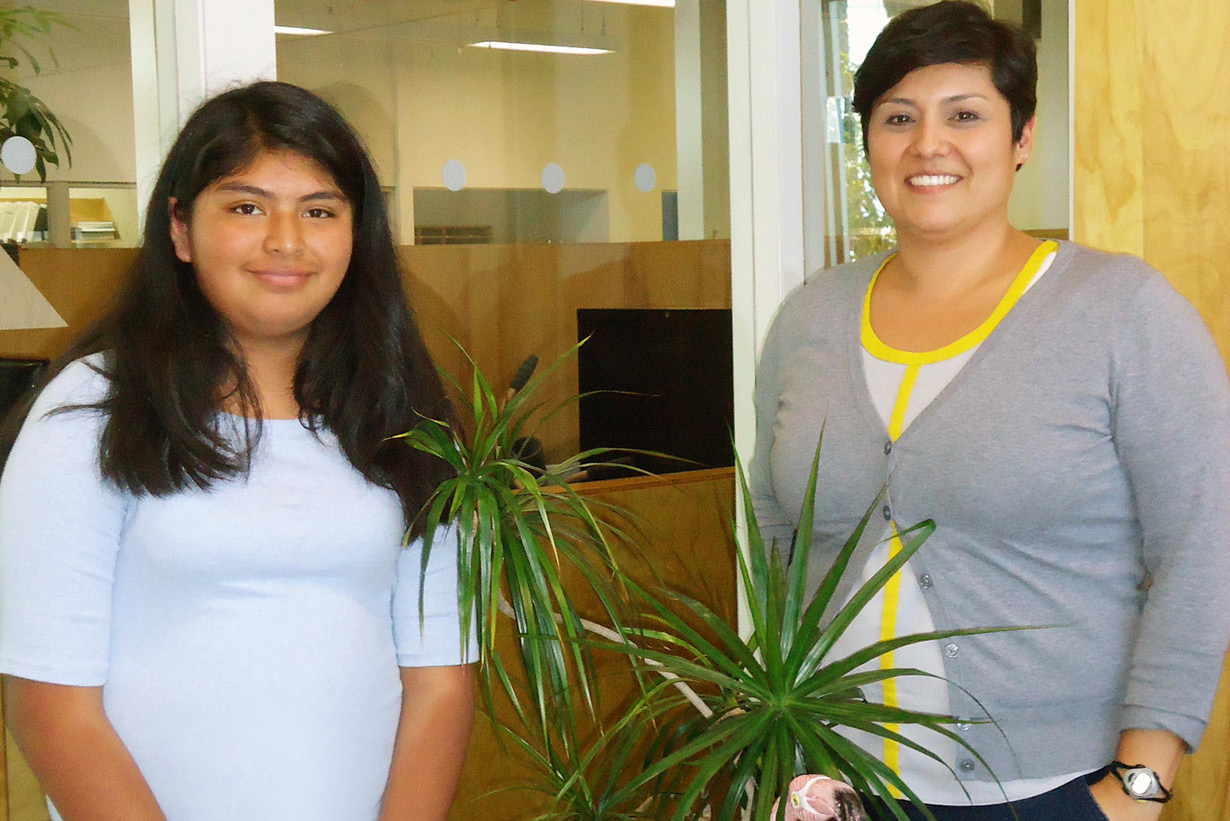KFA’s Monica Rodriguez has been helping kids through mentor opportunities. We asked Monica a few questions about her experience working with the SPARK mentoring program.
How did you get started as a Spark mentor?
While I was in college at USC, I tutored a friend’s daughter in high school algebra. Since then, helping kids and mentoring has always been important to me. Then a couple of years ago AIA Los Angeles partnered with Para Los Niño’s Charter School and started an Architecture Mentoring Program with the PLN 6th grade class, which I helped develop along with volunteers from other architecture firms. Through my association with the PLN Architecture Mentoring Program, I found out about the opportunity to become a Spark mentor.
How long ago did you start working with Para los Niños?
The Architecture Mentoring Program at Para Los Niños is in its third year now and this is my first year as a Spark mentor.
Why is being a mentor significant to you?
Mentoring grade school kids with a similar background as myself gives me the opportunity to influence and inspire them to want to graduate from high school and continue on to college and eventually have a career and contribute to society.
Tell me more about the Spark Mentoring Program, what is a typical meeting like with the student you are mentoring?
Ann, the student from a local middle school that I am mentoring this semester, comes to the office once a week for 2 hours. We spend the first half hour or so talking so that I can get an understanding of what interests Ann. She is also introduced to the world of architecture through my work here at KFA. We’re halfway through the program now; eventually she and I will work on a project that takes her interests/hobbies and my professional work and we will present it at Spark’s Discovery Night.
What is the Discovery night all about?
Discovery Night is the culmination to the mentoring program; it’s the night where all the participating students present their projects to fellow students, teachers, parents and mentors. I’ve not been to a Discovery Night yet, but from what I hear it’s a lot of fun. Both Ann and I are looking forward to Discovery Night; her project is going to rock! To give you a hint, it combines her love of animals and her interest in restaurant management. I can’t tell you more because someone could steal our fabulous idea.
What has your experience being a mentor with the two programs been like?
Mentoring enriches my life and helps me appreciate my own journey and be thankful for what I have been able to achieve so far. It’s also empowering to know that I am influencing and helping teach the children of our future.
To find out more about the Spark mentoring program and how you can become a volunteer click here.
